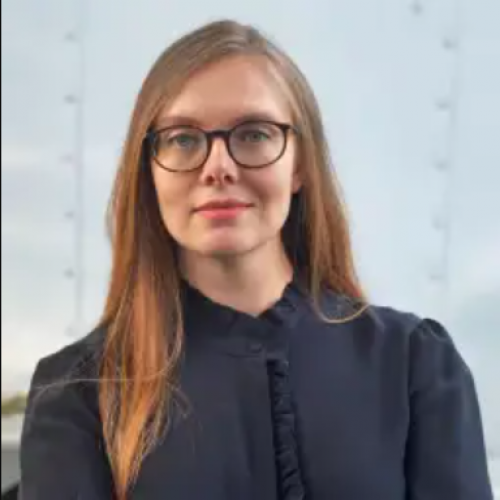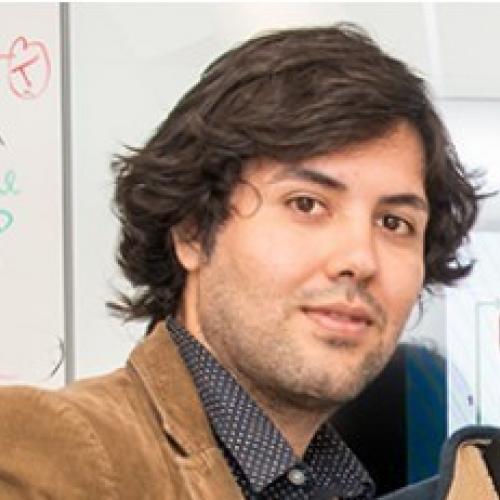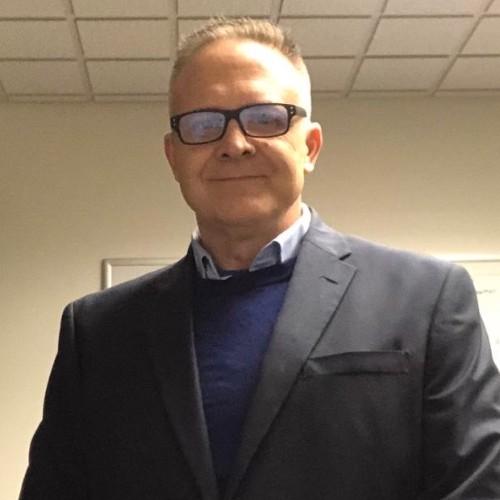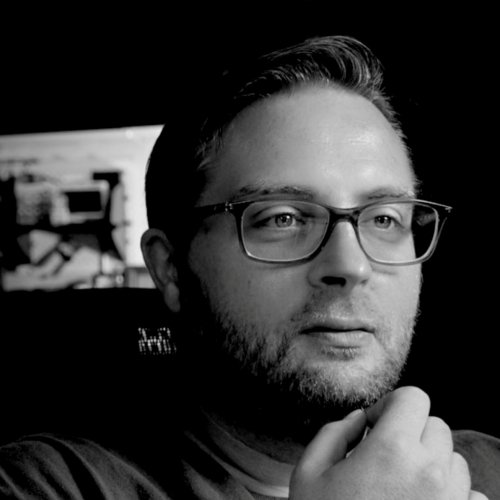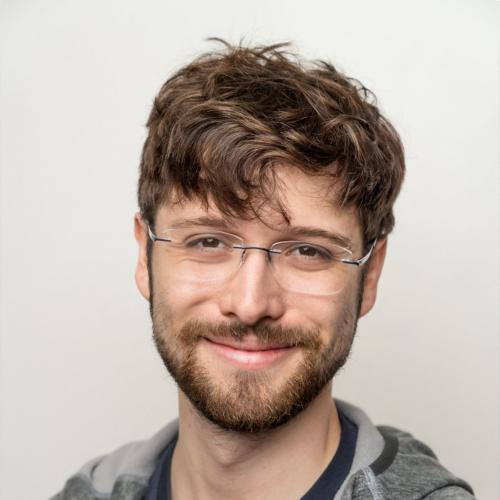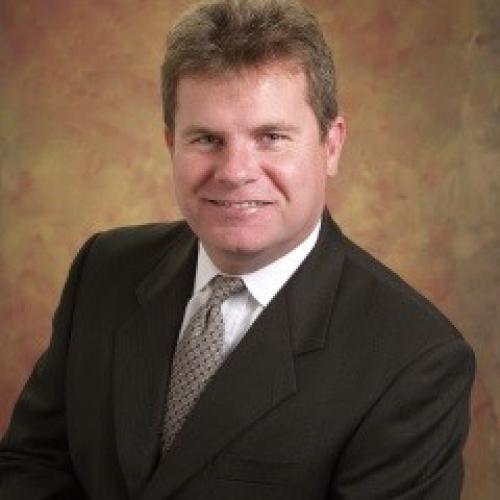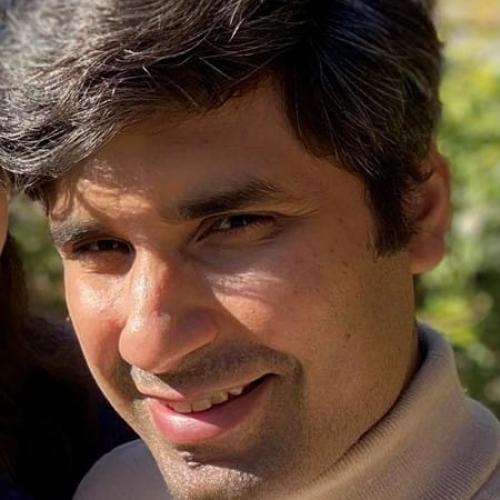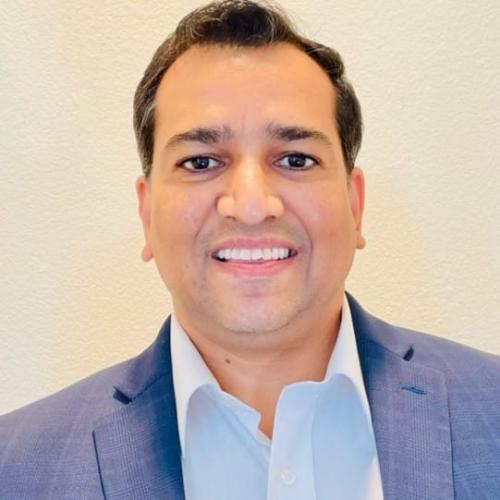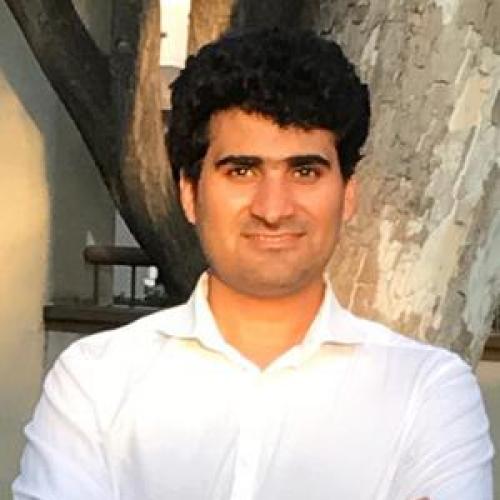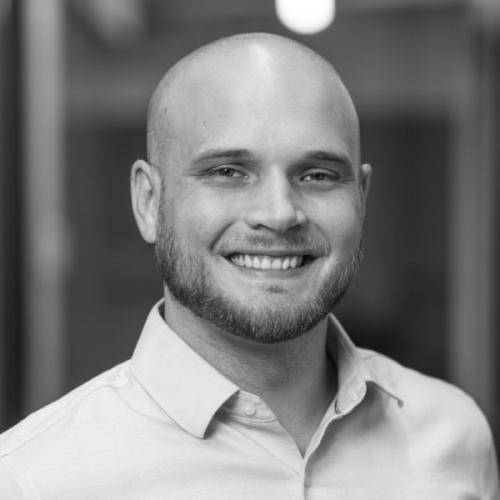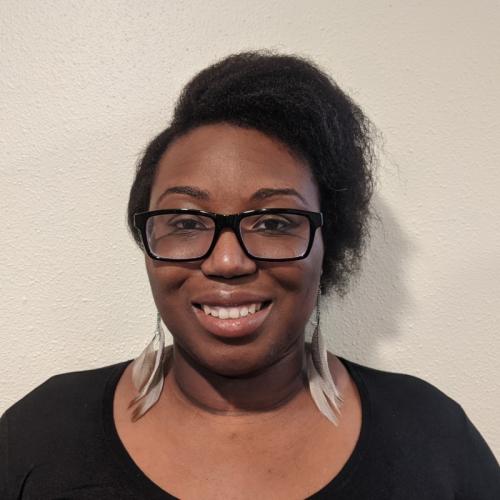Edge cloud ends the conflict of edge vs cloud but when the option is there to use the cloud, should you? This session will explore the winning combination, how experts are overcoming privacy issues and the wealth of opportunities presented by connectivity.
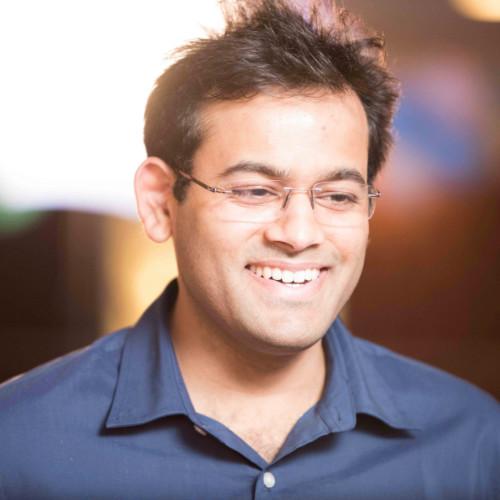
Rakshit Agrawal
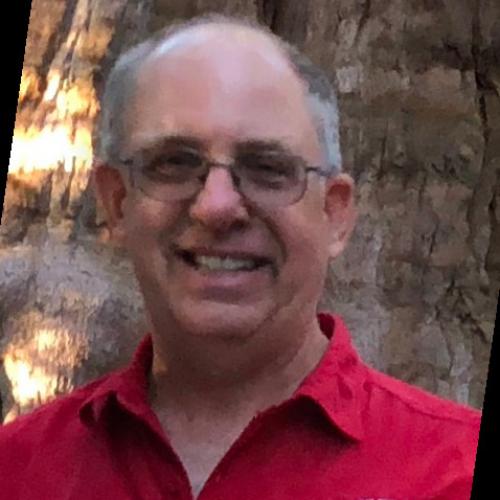
Charles Byers
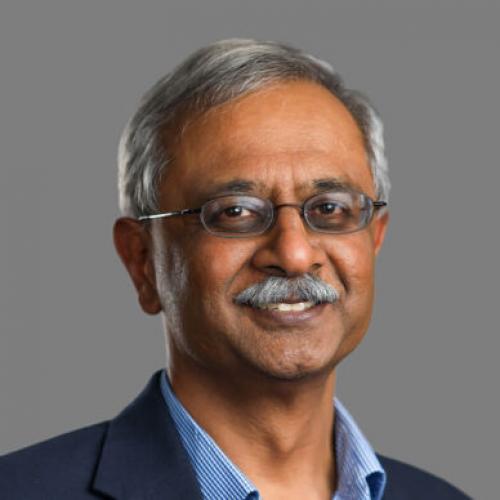
Prasad Akella
Dr. Prasad Akella, founder and chairman of the Drishti board, is creating his third massive market category that uses technology to extend human capabilities. In the 1990s, Prasad led the General Motors team that built the world’s first collaborative robots (“cobots,” projected to be a $12B market by 2025). In the early 2000s, as cofounder of the social networking pioneer Spoke, he envisioned and helped build the first massive social graph — a category now worth trillions. Today, at Drishti, he is working to combine the cognition of AI with the flexibility of humans in factories in the form of AI-powered production. Prasad is based in Mountain View, California.
